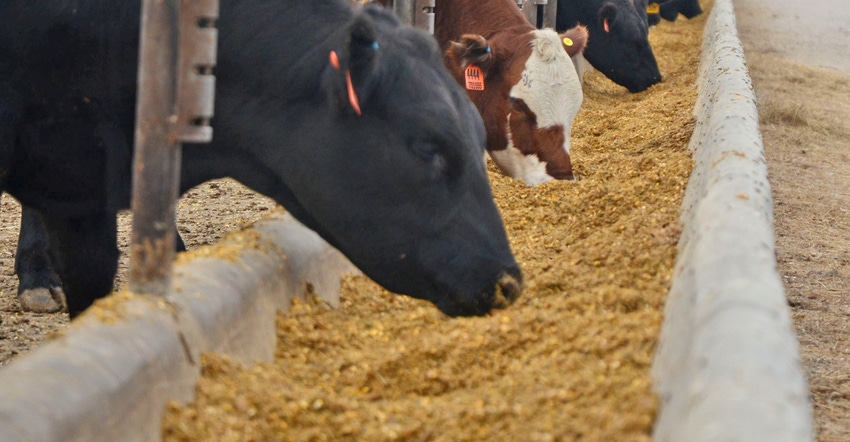
Profitability in the cow-calf world is a function of production, price and inputs. And when it comes to overall profitability, price plays the most important role — tied with calf crop numbers and survival.
At the recent Cow Calf College at the U.S. Meat Animal Research Center near Clay Center, Brett Crosby, president of Custom Ag Solutions, a consulting firm based in Wyoming, noted that not only do supply and demand make a big difference in price, but also "the dynamics of supply and demand are just as important within the beef industry and within beef production as they are in the beef industry in total."
For example, after beef prices increased from 2009 to 2015 as a result of tight supplies, boxed beef prices suddenly declined, while retail prices stayed high. Packers still had high demand and could sell beef for a higher price, but the supply had gone up as the herd was being rebuilt.
It’s a no-brainer that price, affected by supply and demand, affects profitability. But it’s not always what producers focus on.
What most ranchers talk about in the coffee shop, Crosby said, is weaning weight. However, a reduction in price almost always results in a bigger impact to bottom line than a reduction in weaning weight.
For example, if a 600-pound calf is valued at $1.60 per pound, and a 500-pound calf is valued at $1.80 per pound (a common price disparity due to the difference in cost and value of gain in lighter vs. heavier calves), that’s a difference in price of about $60 per head from a weaning weight difference of about 17%. However, if the price drops 15% for that 600-pound calf to $1.36 per pound, it’s a total profit loss of $144.
It’s easy to focus on production-related expenses like feed, labor and body condition score, but why don’t we focus on price? "We don’t feel there’s much we can do about it," Crosby said. "While there is not a lot we can do about prices, we can do more than we think we can."
You can’t change the price you receive at a given time from a given market, but Crosby said selling cattle will generally turn a profit at some point in the production cycle based on supply and demand — whether it’s off the cow (post-weaning), selling 45 days after weaning, backgrounding and then selling, or retaining ownership in the feedlot. This changes based on supply and demand within the production cycle.
"Now is the time to look into other marketing alternatives," Crosby says. "I’m not saying those are things you should do; what I’m saying is those are things you should be able to do if the opportunity arises to make money doing it."
Of course, there are obvious concerns. First and foremost is the fear of the unknown. If the producer has never done it before, they’re less likely to try it. For some strategies, facilities and resources are needed, and there’s an added risk.
This approach takes an understanding of what market drivers are saying. For example, when calf supplies are tight, prices are typically higher for calves. However, in some cases, even when the total beef supply is tight, if the calf supply is bigger, feedlots likely won’t be willing to pay as much for calves.
One strategy is retaining ownership through the feedlot and selling based on grid pricing. In this scenario, Crosby notes it’s important to know how your cattle will generally perform in terms of marbling, yield grade and feed conversion — the pounds of dry matter it takes to put on a pound of beef — and how the environment will impact that.
It may take a few years of retained ownership to gain a good understanding of your cattle, but over time, he notes, producers who have that knowledge have an opportunity to capture some risk premium when they sell their cattle. "You may not always make money retaining ownership, but you should have enough information about your cattle to know whether it is something you can make money on," Crosby says, adding, "It doesn’t take many cattle to get that information."
Beefbasis.com is one marketing tool available that forecasts price based on various factors to give producers an idea of price expectations.
About the Author(s)
You May Also Like






